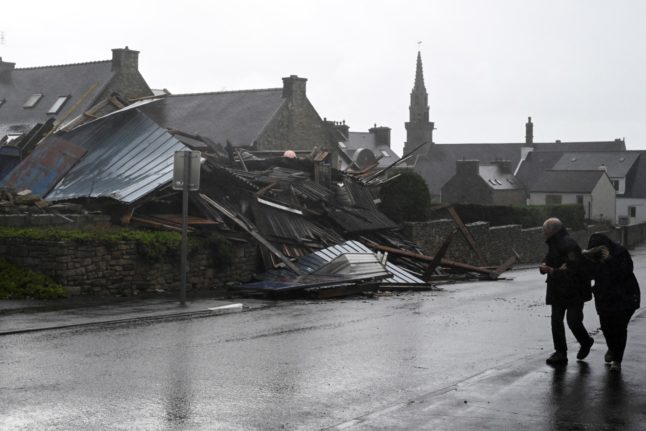At a press conference, SNCF bosses unveiled several new measures, including a new Advantage card.
Available to everyone, the card offers a 30 percent reduction on all of the high-speed TGV trains and is valid for a year. The card itself costs €49 and also guarantees a price cap to all destinations.
The company already operates a series of other discount cards, which will remain in use, but they are targetted at specific groups like children, young people or families.
From June 17th, the company also aims to revise and simplify their schedule, bringing an end to first class tickets that sometimes end up being cheaper than second class tickets.
In second class, around 25 percent of TGV journeys of approximately 90 minutes will cost no more than €39, 50 percent of journeys of up to three hours will cost no more than €59, and 25 percent of longer journeys will cost no more than €79.
The company will also introduce an annual pass for those who frequently work from home.
Known as the ‘Grand Voyageur’, the scheme is targeted at those who travel by train two or three times per week.
At the start of 2022, SNCF will also introduce a scheme for seniors, allowing unlimited access (between Mondays and Fridays) on TGV lines for €79 per month. This is similar to the TGV Max, available for young people between the ages of 16-27.
Additionally, ticket refunds and exchanges up to three days before travel – first introduced during the pandemic to allow for rapidly changing health rules – will become permanent.
“By 2030, our objective is to have more than 200 million trips per year thanks to the high speed lines and [the introduction of] these discount cards” said Christopher Fanichet, CEO of Voyages SNCF.



 Please whitelist us to continue reading.
Please whitelist us to continue reading.
May I request that you confirm the details in the paragraph: “In second class, around 25 percent of TGV journeys of approximately 90 minutes will cost no more than €39, 50 percent of journeys of up to three hours will cost no more than €59, and 25 percent of longer journeys will cost no more than €79.”
From reporting elsewhere, my reading is different, namely that the price cap means that all journeys of less than 90 minutes will cost €39,50 – and these short journeys currently represent 25% of the total number of train journeys take. All journeys of between 90 minutes and 3 hours will have a price cap of €59 – and these medium length journeys currently represent 50% of the total number of train journeys take etc. Clarification would be appreciated.